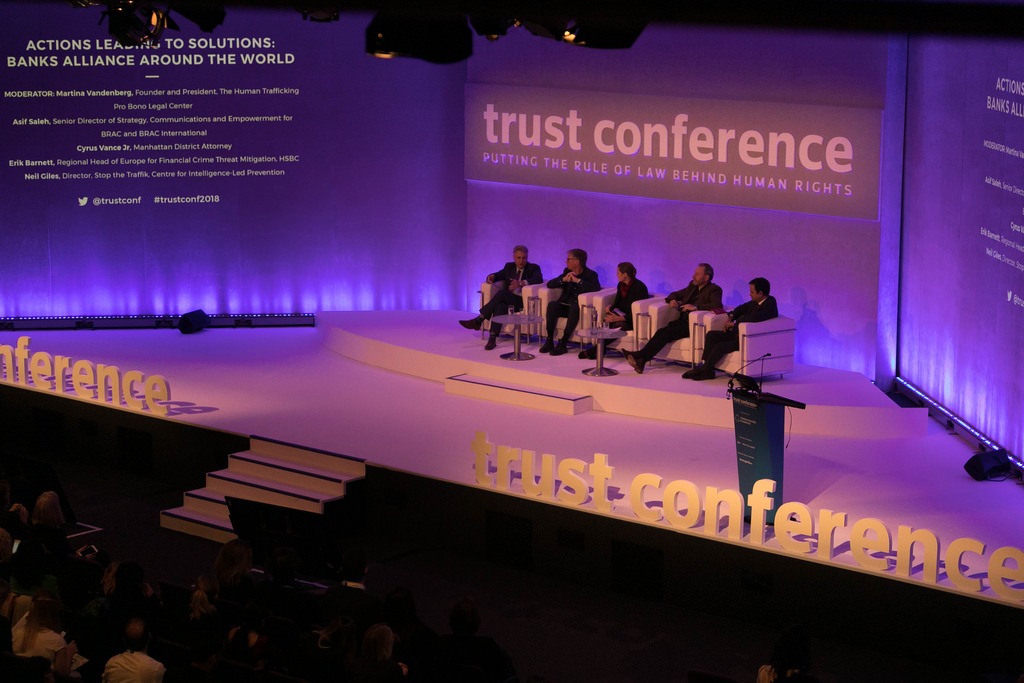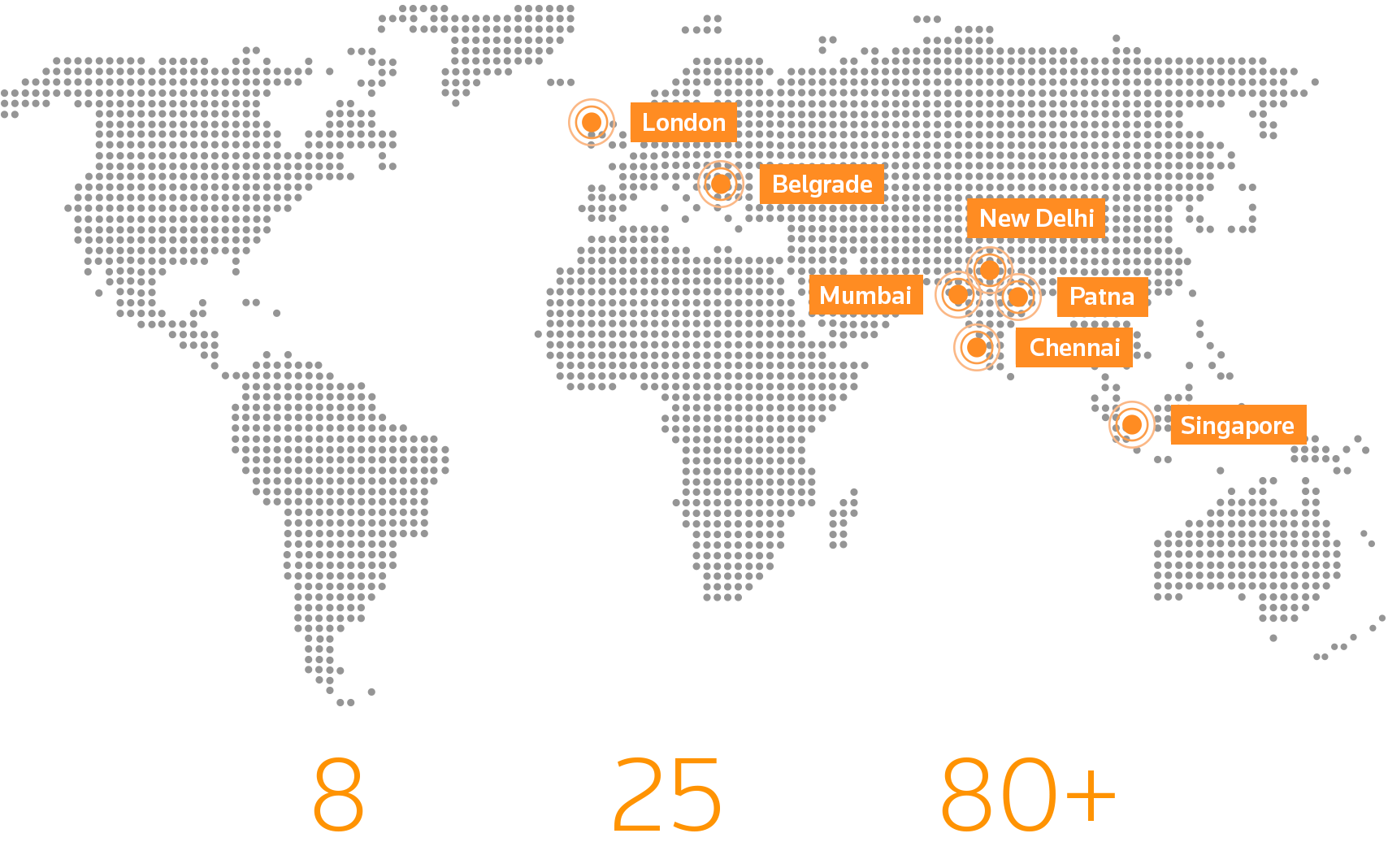It’s time to unbox the truth about modern slavery and to look at the human price of the items that we buy. To do so, we’ve created custom-made products with hidden facts about modern slavery to symbolise forced labour in fashion and electronics supply chains.
We sent these packages to professional ‘unboxers’, who reach millions of people unboxing the latest and trendiest products.
Watch what happened when they ‘unboxed the truth’.
MAYA WASHINGTON
DAVID COGEN
JACQUES SLADE
THE WORST HUMAN RIGHTS ABUSE
The trendy products in the videos were not made by slaves. But chances are that some of the products you own actually are.
The U.S. federal government compiles an official list of products believed to be the result of child and forced labour. It's extensive and includes 134 products from 73 countries, ranging from coconuts hand-picked in the Philippines to diamonds mined in Angola. If you add to that list the evidence collected by anti-slavery NGOs around the world, the product range extends to garments, jewels, cosmetics, food and tea, among many others.
At present, 70% of the world’s 40.3 million slaves in the world are trapped in forced labour. 30% are in sex trafficking.
Slavery is a hugely profitable criminal business, one estimated to be worth $150 billion a year. That’s nearly three times the earnings of Apple, the world’s most profitable company.
To put this in perspective: if slavery were a country it would have the population of Algeria, the GDP of Bulgaria, and would be the world’s largest emitter of CO2 after China and the USA.
The global economic model is fast delivering cheap products to consumers, but it is out of synch with the human rights agenda. Supply chains have become increasingly long and complex.
Over the past 40 years, international corporations have outsourced parts of their production process to the developing world, where labour is less expensive.
However, rapid outsourcing ushered in modern slavery. As a result, corporations with complex supply chains are now facing great difficulties assessing whether people trapped in forced labour are working in their supply chains.
Governments are recognising the problem. The US, UK, France, Netherlands and several others have already passed laws to encourage companies to take action and clean their supply chains.
Other countries are in the process of doing so. In the past year, we have also seen the creation of Global Fund to End Modern Slavery, which has received contributions for $25m from the US State Department, and $27 million from the UK.
But ultimately, the power lies with consumers. And it lies within a single question: what’s the human cost of what we buy?


 Major international banks pledge to work together to uncover the "financial fingerprints" of trafficking and slavery
Major international banks pledge to work together to uncover the "financial fingerprints" of trafficking and slavery




